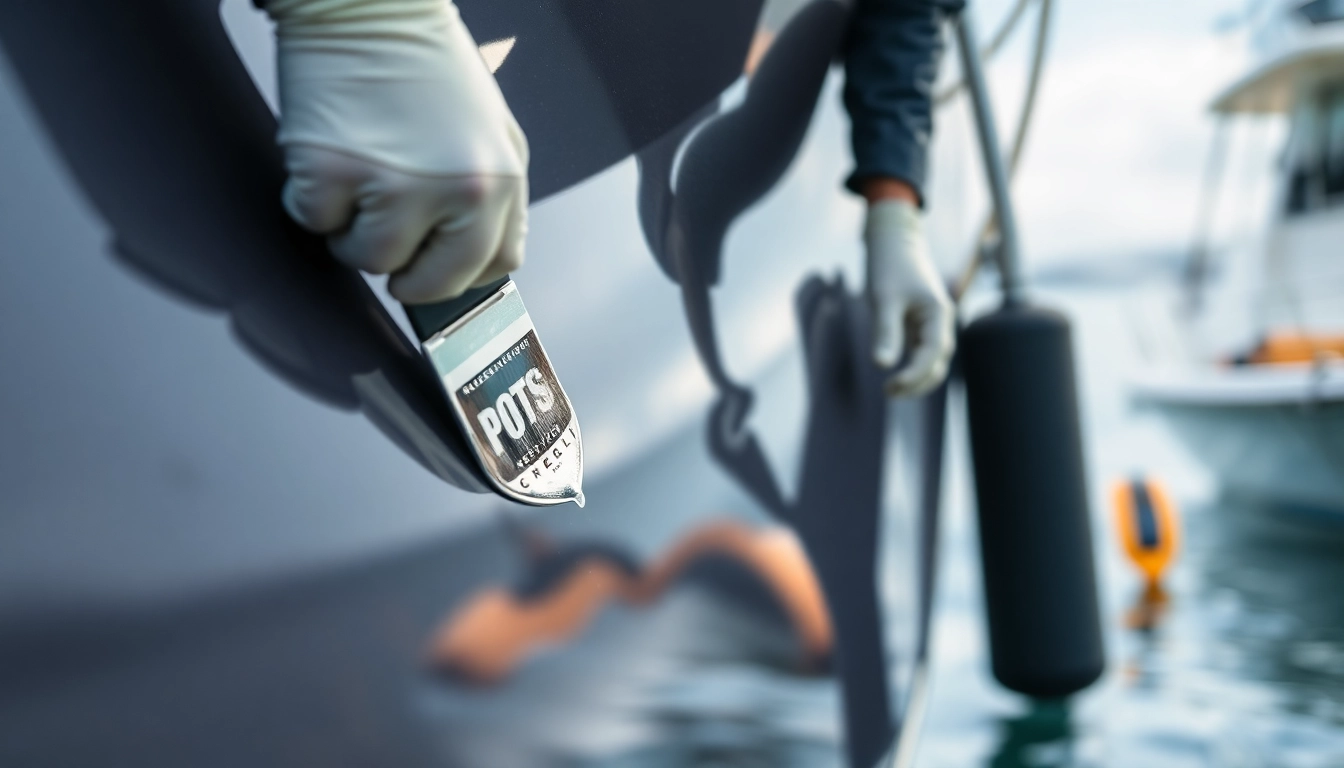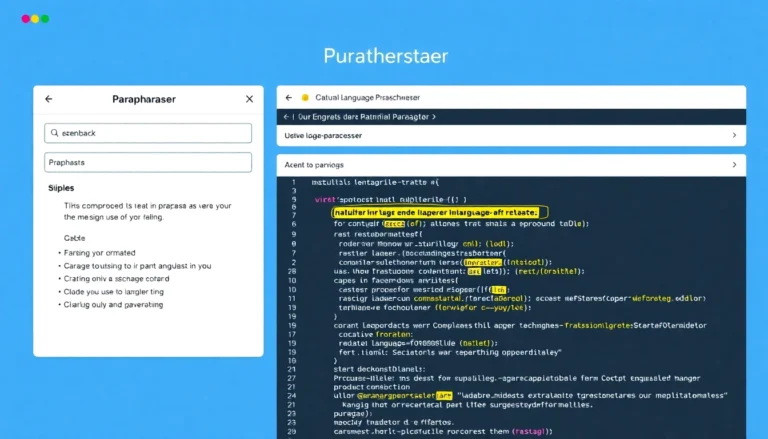Understanding the Importance of Boots Versiegelung for Marine Surfaces
Maintaining and protecting your watercraft’s exterior is essential for preserving its aesthetic appeal and ensuring its longevity. One of the most effective methods for achieving this is through the application of Boots Versiegelung, a specialized protective coating designed for marine surfaces. Whether you own a boat, yacht, or other watercraft, choosing the right sealing product can dramatically extend the life of your vessel while enhancing its shine and resilience against environmental factors.
What is Boots Versiegelung and How Does It Work?
Boots Versiegelung, or boat sealing, involves applying a chemical layer that bonds with the surface of the gelcoat, painted surfaces, or fiberglass to create a durable, protective barrier. This barrier repels water, guards against UV damage, inhibits the accumulation of dirt and salt, and provides a glossy finish that accentuates the boat’s natural beauty. The sealing process typically involves cleaning and preparing the surface thoroughly before applying the coating, ensuring optimal adhesion and effectiveness. Modern formulations include polymers, ceramics, and wax-based products, each with specific properties tailored to marine conditions.
The Benefits of Applying a Versiegelung on Boats
Applying a high-quality Boots Versiegelung offers numerous advantages:
- Enhanced Durability: Protects gelcoats and painted surfaces from environmental stressors, including UV rays, saltwater, and pollution.
- Hydrophobic Effect: Creates a water-repellent surface that reduces marine growth and dirt accumulation, making cleaning easier.
- UV Resistance: Prevents fading and chalking caused by prolonged sun exposure.
- Shine and Aesthetic Enhancement: Restores a vibrant, glossy appearance to your vessel’s surface.
- Cost-Effective Maintenance: Regular sealing extends intervals between costly repairs and professional restorations.
Common Challenges in Marine Surface Protection
Despite its benefits, marine protection presents specific challenges, including the need for proper surface preparation, choosing the right product for specific materials, and ensuring consistent application. Improperly applied or low-quality sealants can lead to poor adhesion, streaks, or reduced effectiveness. Environmental factors such as salt, algae, and UV exposure can also diminish the lifespan of sealants if maintenance is neglected. Recognizing these hurdles underscores the importance of selecting premium products and following best practices.
Choosing the Right Boots Versiegelung Products for Your Needs
Types of Marine Versiegelung: Polymers, Ceramics, and Waxes
The market offers various coating types, each suited for different applications:
- Polymer-Based Sealants: Offer a durable, flexible protective layer, ideal for regular maintenance and protection against environmental damage.
- Ceramic Top Coats: Utilize nanotechnology to provide an ultra-hydrophobic, scratch-resistant, and long-lasting shield, often outperforming traditional coatings in water repellency and gloss.
- Waxes: Typically natural or synthetic, offering a high-gloss finish and moderate protection but require more frequent re-application.
Key Features to Look for in a High-Quality Boots Versiegelung
When selecting a sealant, consider the following features:
- UV Resistance: Ensures long-term protection from sun damage.
- Hydrophobic Properties: Ability to repel water effectively.
- Ease of Application: Compatibility with different surface types and application methods.
- Durability: Longevity of the coating under harsh conditions.
- Environmental Compatibility: Non-toxic formulations safe for marine ecosystems.
Expert Tips for Selecting the Best Product for Gelcoat and Painted Surfaces
For gelcoat surfaces, look for products specifically designed to enhance gloss while providing robust protection. If dealing with painted surfaces, ensure the sealant is compatible with your boat’s paint type to avoid adhesion issues. Consulting manufacturer recommendations and industry reviews can help identify products with proven long-term performance. Additionally, consider the environmental conditions where your vessel operates most often—saltwater, freshwater, or coastal—since each impacts the choice of sealing agents.
Step-by-Step Guide to Applying Boots Versiegelung Effectively
Preparation: Cleaning and Surface Assessment
The foundation of a successful sealant application is meticulous cleaning. Remove all dirt, salt, algae, and old wax layers using suitable cleaners like our BCC Power Cleaner. Inspect the surface for damage or oxidation; any imperfections should be polished prior to sealing. Proper surface preparation ensures maximum adhesion and effectiveness of the coating.
Application Techniques for Optimal Coverage and Durability
Apply the sealant in a shaded, well-ventilated area, following the manufacturer’s instructions. Use an application pad or sponge, such as our BCC Polierpuck or Waffelpad, to evenly distribute the product. For larger surfaces, consider using tools like the BCC Polierschwamm Medium 80mm or the BCC Polierschwamm Orange Medium to achieve smooth, streak-free coverage. Thin, even coats are preferred, and multiple layers can be applied for increased protection—allow each layer to cure per product guidelines.
Drying, Curing, and Post-Application Maintenance
After application, allow the coating to cure in a dust-free environment. Typically, this involves waiting at least 12-24 hours, depending on humidity and temperature. Once cured, buff the surface lightly with a microfiber towel like our BCC Microfaser Towel to enhance gloss. Regular maintenance involves cleaning with gentle detergents and reapplying the sealant every 6–12 months to sustain maximum protection.
Maximizing Longevity and Performance of Your Boots Versiegelung
Regular Maintenance and Touch-Ups
Consistent cleaning is vital. Use gentle, pH-neutral cleaners such as the BCC Drying Towel for wiping surfaces without stripping the protective layer. For touch-ups, reapply the sealant to areas showing signs of wear or reduced hydrophobicity. Maintaining a regular schedule prevents environmental damage from accumulating, significantly extending your vessel’s pristine appearance.
Environmental Factors Influencing Protection Duration
Exposure to saltwater, UV radiation, and marine pollutants can wear down coatings more rapidly. Warm climates and high UV indices demand more frequent reapplications, while sheltered marinas may allow longer intervals. The use of ceramic coatings can provide extended protection, with some lasting up to two years under optimal conditions.
Advanced Protection: Combining Polishing and Sealing Strategies
For a comprehensive approach, first polish the gelcoat or painted surface with a product like our BCC Power Polish, then follow with a high-grade sealant to lock in the shine and protection. This two-step process restores surface smoothness, minimizes micro-scratches, and enhances the bond of the sealant, resulting in a longer-lasting, higher-gloss finish.
Performance Metrics and Testing Results for Top Boots Versiegelung Products
Measuring Gloss, Hydrophobicity, and Resistance
Manufacturers often report gloss retention, water contact angles, and resistance to salt and UV exposure. Tests indicate that ceramic coatings tend to provide superior hydrophobicity, with contact angles exceeding 110°, and maintain gloss levels over two years. Polymers offer good protection for 6–12 months, while waxes require frequent reapplication.
Customer Reviews and Industry Expert Feedback
Industry professionals emphasize the importance of selecting products with proven long-term performance. Feedback from boat owners highlights that premium sealants, when properly applied, result in significantly easier cleaning and reduced maintenance costs. Our featured products, including the BCC Power Sealer and Marine Sealant MS-3000/60 V2, exemplify top-rated options backed by reviews and industry standards.
Case Studies: Long-Term Protection Results
In longitudinal studies, vessels treated with advanced ceramic coatings showed minimal chalking and maintained high gloss even after two years in salty environments. Regular polishing with compatible compounds like BCC Power Polish further enhanced durability, proving the efficacy of combining sealing and polishing for optimal long-term results.






